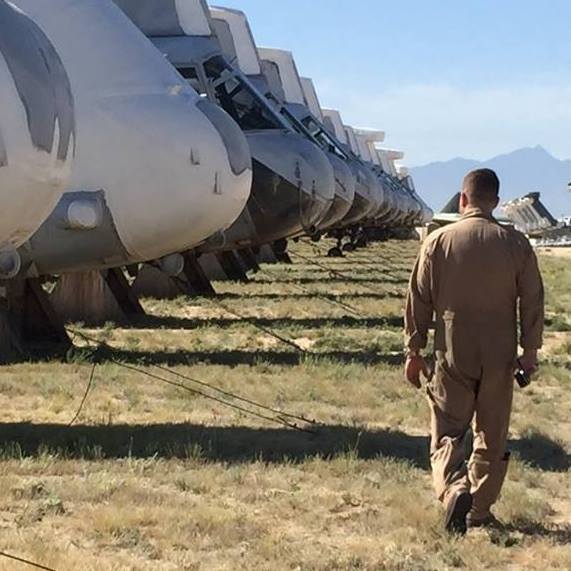

Do you have any zigbee routers (mains powered devices) scattered around your house? I had the same problem, then I strategically placed a bunch of smart plugs throughout my house. Haven’t had any problems since.


Do you have any zigbee routers (mains powered devices) scattered around your house? I had the same problem, then I strategically placed a bunch of smart plugs throughout my house. Haven’t had any problems since.


If you want to up your pasta game even more, try what’s in this article: https://www.seriouseats.com/the-right-way-to-sauce-pasta
I decided to try it once. I told myself it would only be once. Now it’s the only way I sauce pasta, and it’s totally worth the little extra work.
My home server is running OMV (which is really just Debian with a web GUI), and all the services (outside of SMB/Wireguard) are running in Docker containers. I used to like to tinker, but as my server got more mature, I just wanted it to work. If OMV went away tomorrow, I would pivot to Debian because of its stability.
Laptop/desktop are running Pop_OS! Like the relative stability, but the frequent updating of the kernel for hardware support.


I’m with you on this. The desktop app isn’t connecting now, but I can log in via the web app and it appears to work.
Are you running KDE or Gnome? If you’re using Gnome, there’s an extension to manage wireguard. I flip a switch in the top bar, and done.

Only downside is it’s not a very robust surge protector. It’s 820 joules if I remember correctly. We have one installed for our all in one washer dryer and fridge. No issues so far.

The Eaton TR5260 has a line/load side and their technical documentation says it provides downstream protection for the other outlets.
While I don’t have the number of devices you do, I can add two observations:
Kwikset Zigbee Door Locks have been rock solid since the day I installed them. No issues dropping off the network. The only downside is occasional delay in reporting state (locked/unlocked) to HA. Getting it to respond to a command to lock/unlock is near instantaneous.
Ikea Zigbee devices have also been rock solid. The only issue is that none of them seem to report battery level reliably. Other than that, there are zero issues.


SV08/ voron for the folks that like to tinker (and value not living in a walled garden, Sovol’s hot end/ nozzles not withstanding).
I would call the SV08 hot end/nozzles proprietary-ish. They still published everything on github, which enabled the community to design a modified heat sink (that I got printed on PCBWay). The updated heat sink allows you to swap in an E3D Revo nozzle. That wouldn’t be possible if it was truly proprietary.


The enclosure for my SV08 arrives today. Looks like my first ABS print is decided. I was trying to figure out how to cleanly/neatly arrange a cable on the dash (from the break controller display) so it doesn’t block a couple switches and the stereo. Thanks for the design!


GTA5 still works, just not online/multi-player. Story mode works.

You too, huh? Thank God for backups.


I’m surprised you saw that much of a speed improvement, but I guess I ran my old i3 clone somewhat fast.
My tuned/reliable profile (on Prusaslicer) on the Ender 3v2 was 40-60 mm/s and acceleration 200 mm/s^2. The stock profile (on Orca) for the SV08 is 200-300 mm/s and acceleration of 20000 mm/s^2. That’s probably why such a dramatic speed increase.
Were you homing z with the bed cold? If homing z involves touching the build plate, I could see this.
The auto z-offset on the SV08 heats the bed to 65, then does a QGL, followed by cleaning the nozzle, then the z-offset calibration (using the inductive probe on both the bed and the z-offset probe), followed by a bed mesh, then a test print. Most of what I’ve read is that the heater is not the most efficient at heating the bed up completely. That’s why everyone (Sovol included) recommend heat soaking for the initial z-offset. After I did that, I’ve had no problems with first layers.


I have an Ender 3V2 that I converted to direct drive with linear rails and CR Touch, and was pretty happy with the reliability of it. I’ve been wanting to build a Voron forever, but the amount of hours to build/cost of a kit (I can’t print ABS) was a barrier to entry.
I just picked up a Sovol SV08, which is a derivative of the Voron 2.4 (there are some proprietary parts on it, but $579 vs. $1000-1200 for a kit, I’m OK with that). I’m pretty happy with it thus far, although it did require some initial tinkering. Here are the highlights:
Time will tell if it’s a long term printer, or more of a tinkerer. However, they open sourced it all - and there’s already a ton of mods. Printing the housing for the BTT 5" touchscreen, saving me $50 over buying a touchscreen from Sovol. It might be worth a look.
Family and some friends from back in my days in the military. Those guys are who I keep an eye on, because they don’t use it as frequently as my family.
I use it to track users use/watch habits, to restrict their access if need be. Every user with a password that may or may not be strong is a weak point in my network security.


Gpodder Sync
I would agree. But for the very basics starting and learning, the UI isn’t that intimidating.
OpenMediaVault (OMV) is a Debian server with a very user-friendly web interface. It also has solid documentation and a robust community. I’ve been running it for 6 years, and I am very happy with it.
My experience is that Zigbee’s range is fine, but it is highly susceptible to interference/electrical wires/water pipes that might be in walls. I put my Conoff dongle on a 12 ft USB extension (my HA Raspberry Pi is right next to my router, modem, and home server). Then, as I was having issues with devices staying connected, I added routers. I tried to place them so they had clear line of sight with each other (or the dongle), or only through one wall. After that, I’ve had no problems. It ended up being about one per room. Ikea’s smart plugs are cheap and I use them only as routers.